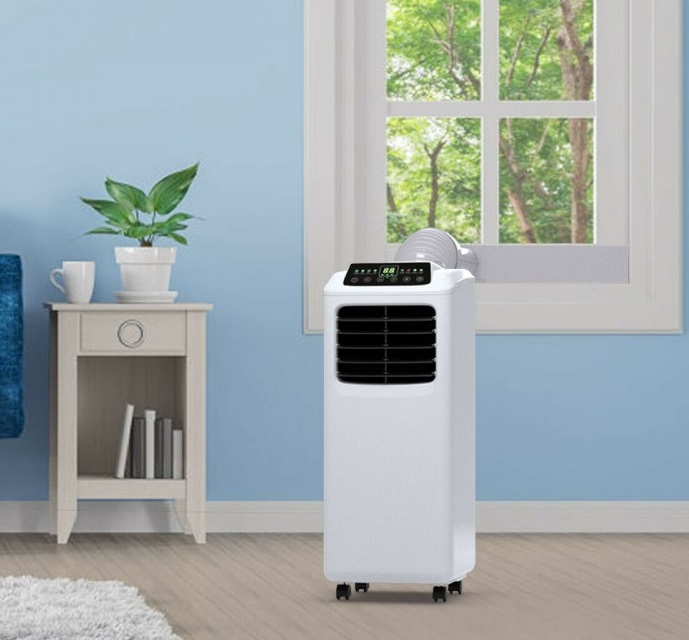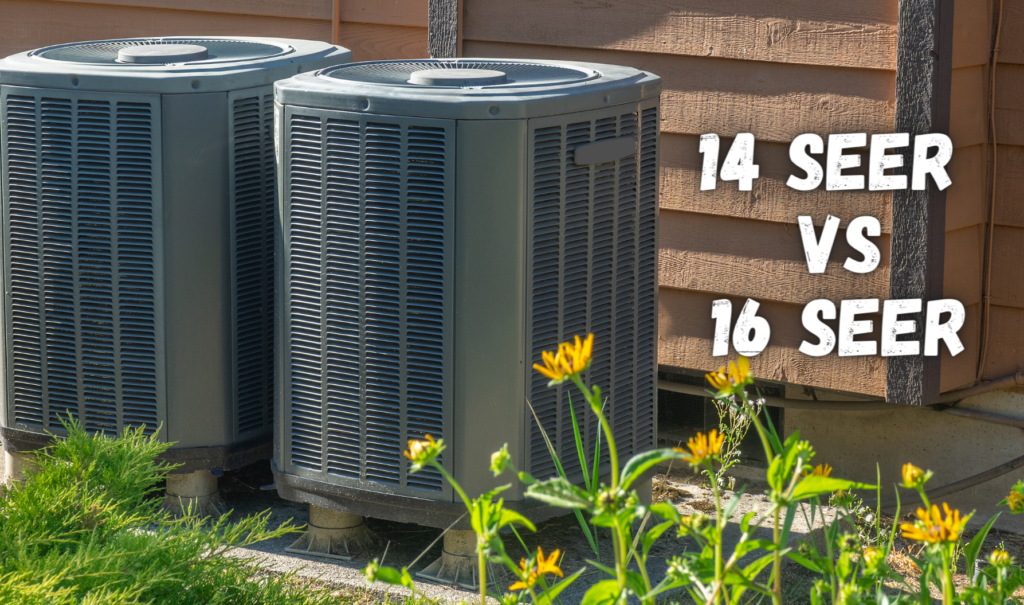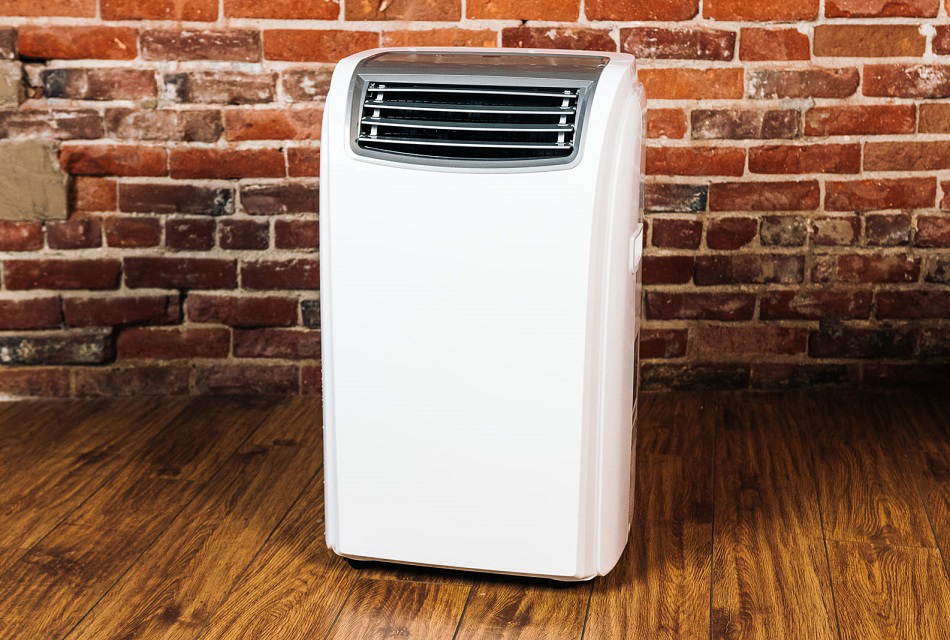

You’ve got the HVAC, the filters are clean, and regular maintenance ensures your air conditioning unit runs most of the time smoothly! With air circulation operating optimally throughout your building, you can’t complain. But what if you want to increase airflow in one room without changing it in other rooms? Is this even an option you can consider? When working out how to increase airflow in one room, you can do things such as installing a fan, opening windows, and doors, or closing vents in other rooms. Enlarging the vents of your existing HVAC is another consideration for improving airflow in an individual room without impacting other indoor spaces. Read on to find out how you can maximize airflow to a room and why some vents aren’t even blowing air in the first place. We’ll also talk about the importance of having proper airflow indoors.
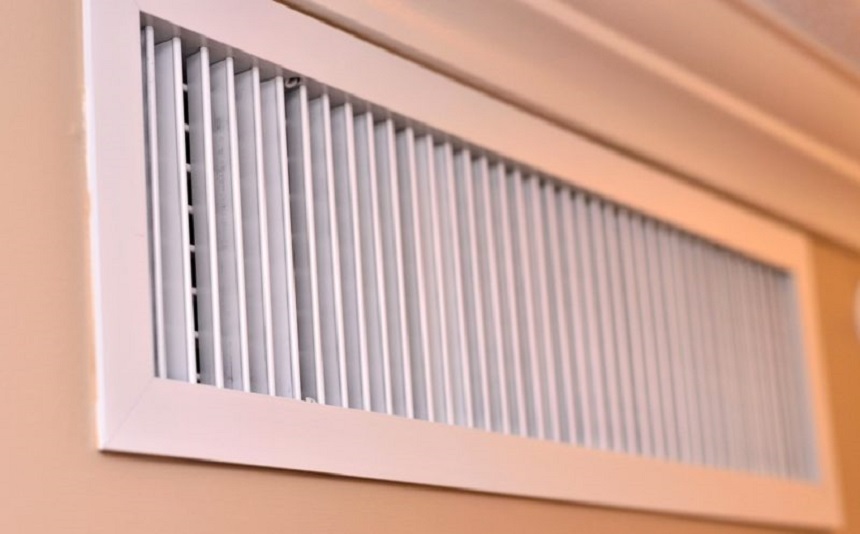
One of the reasons for maximizing airflow in a room is improving indoor temperature. This is particularly important in the summer months when one room is hotter than another.
Air conditioning units are made up of the following components which help with indoor ventilation:
Maximizing airflow in one room can be done by enlarging or widening the face area of the return vents. This, together with the constant face velocity of the ductwork, allows you to sufficiently increase airflow into one room.
If enlarging the return vents isn’t a viable option, consider increasing the number of vents in the room where you want more airflow. Doing this increases the number of channels available for air to enter the room and leave it. However, one of the challenges of using this approach is increased pressure in the air ducts, which could damage the unit, resulting in poor airflow. Speak to an HVAC expert before deciding if this is the best option for increasing air ventilation in an individual room.
Increasing pressure inside the ductwork results in higher face velocity in the vents, pushing more air into the room. You can achieve this by closing vents in other rooms where you don’t need as much ventilation. However, this should only be used as a short-term solution as closing vents will put a strain on your HVAC unit. Similar to increasing the number of vents in the room, closing some of their results in the buildup of pressure within the ductwork. Too much pressure will cause leaks and other costly damage to the system, resulting in poor efficiency and decreased airflow.
Installing fans is a cost-effective solution to increasing airflow in one room without changing the existing HVAC design. Ceiling fans create the sensation of moving air throughout a room, while a portable air conditioner would also help to optimize airflow in a room. Another type of fan is a portable evaporative air cooler that could be placed in one corner of the room. This piece of equipment helps to cool the indoor space while replacing stuffiness with the circulation of clean, fresh air. Using one of the best window fans on the market is another smart way of circulating airflow without using up too much space in your room.
One of the fastest and easiest ways to increase airflow in one room is to open windows and doors. Improving airflow is best achieved when there’s cross ventilation which can be attained by opening windows and doors opposite each other. If you have two windows, one on top of another, you can improve airflow by opening both of them at the same time. Warm air will rise and exit through the top window, with cooler air coming in through the lower opening. This is one of the cheapest, fuss-free ways of improving airflow in an individual room.
Maintaining your current HVAC system is key to improving airflow in rooms. This includes cleaning the filters through which the air flows. Dirty filters will impede the flow of air, resulting in poor ventilation. Keeping the air vents and ducts clean of dirt, and other particles that could cause them to clog up will give you better airflow. Ask an HVAC professional to inspect your unit for any leaks or other damage so repairs can be done as soon as possible. Increasing the unit’s blower speed will also improve airflow.
While maintaining your HVAC unit is essential, it’ll impact the airflow throughout the whole building and not just increase ventilation in one room.
With any type of heating and cooling system, you’re likely to experience problems such as some vents not blowing air. This could be the reason why one room suddenly has a decrease in air circulation! There are a number of reasons why some vents simply stop blowing out air.
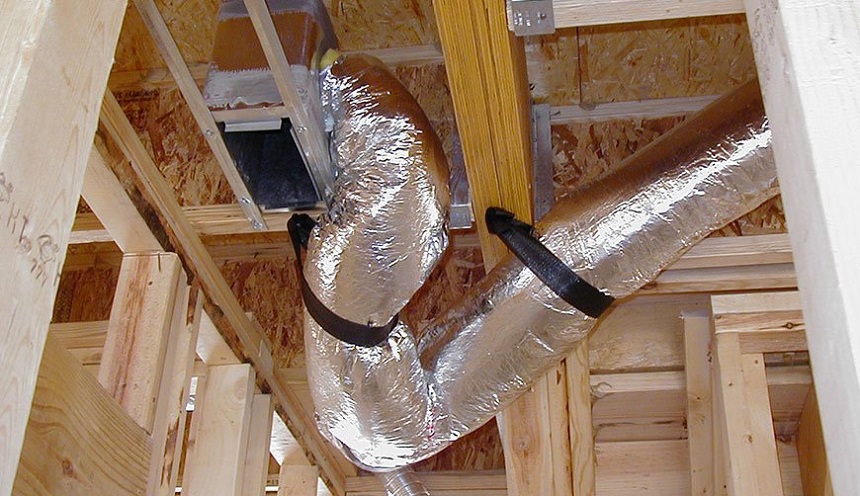
Flex ducts are made with material that’s flexible. This means they’re prone to becoming kinked, dislodged, or worse, torn. Care must be taken when installing an HVAC to avoid this happening to the flex duct.
Poor installation or pressure buildup inside the HVAC unit could cause the air ducts to become disconnected from the system’s operating network. If this happens, airflow will be stalled or slowed down, resulting in hampered air circulation. Laying heavy objects onto the ductwork can cause it to disconnect or collapse completely.
If there’s a sudden increase in your monthly energy bills or a drastic change in room temperature, you can suspect leaking in the ductwork! This will decrease ventilation in and out of a room, and it’s one of the major problems facing HVAC units that are neglected. A professional HVAC technician will use infrared technology to find holes in the ductwork and carry out repairs to stop leakage.
Vent dampers are designed to regulate the flow of air through the HVAC unit’s ductwork. If the dampers are closed, air won’t flow through the ducts. And, you can expect no air to flow through the vents!
Proper air ventilation in indoor spaces Trusted Source Ventilation and Coronavirus (COVID-19) | US EPA EPA recommends precautions to reduce the potential airborne transmission of the virus, such as ventilation and air filtration as a part of a larger strategy that includes minimizing close contact, surface cleaning, handwashing, and other precautions. www.epa.gov is essential for the health and safety of occupants. Good quality airflow prevents a number of serious issues, especially in spaces where there are no windows. But proper airflow also impacts the equipment providing it.
When there’s proper airflow, it means your HVAC is operating as it should. The air vents and ductwork are running efficiently while providing good quality ventilation in the rooms. When airflow is smooth and flowing properly, your HVAC’s lifespan is extended. Ensure your air conditioning unit is working within its optimal airflow range, so you know the system won’t be damaged. By protecting the unit’s motor and other components with proper airflow, you’ll improve your HVAC longevity.
When there is proper airflow, your HVAC will function optimally with the correct circular motion caused by the air movement. Without sufficient air flowing through the equipment, you can expect your appliance to stop functioning properly. This will create even more problems for your HVAC with the equipment’s components no longer operating as efficiently as they should.
Proper indoor airflow keeps you and everyone else inside safe from pathogens, allergens, dust, and other unhealthy particles that can circulate in a confined space. Ventilation of homes and buildings Trusted Source Ventilation in Buildings | CDC Help reduce exposures to SARS-CoV-2, through multiple mitigation strategies to reduce the spread of disease and lower the risk of exposure. www.cdc.gov prevents the risk of people being exposed to viruses and bacteria that could result in illnesses and even serious diseases.
Good quality airflow improves comfort when living or working indoors with closed windows and doors. Indoor temperatures and humidity levels are better managed with proper airflow, resulting in a more comfortable environment, whether at home or in the office.
One of the risks of poor airflow is condensation and the buildup of moisture or dampness Trusted Source Dampness and Mold in Buildings | NIOSH | CDC Dampness results from water incursion either from internal sources (e.g. leaking pipes) or external sources (e.g. rainwater). Dampness becomes a problem when various materials in buildings (e.g., rugs, walls, ceiling tiles) become wet for extended periods of time www.cdc.gov . Excessive moisture inside a building not only damages the infrastructure but also poses a serious health risk. Improved airflow will help to keep mold and mildew at bay.
Increasing airflow in one room is possible by enlarging your HVAC’s return vents. You can close some vents in other rooms or even add more to the air conditioning system. Opening windows and doors are a quick and easy solution if the option is available to you. Or, you can invest in energy-efficient ventless air conditioners for individual rooms. Installing fans helps to improve airflow in an individual room, and you can even consider using one of the best Dyson air purifiers to do the job for you! When deciding how to increase airflow in one room, make sure the solution you pick doesn’t damage your HVAC. Use our tips to get the best results, and always keep your HVAC in top-notch condition for optimal airflow!
